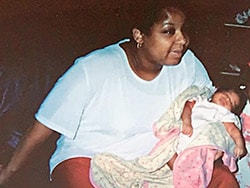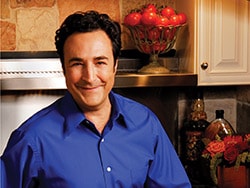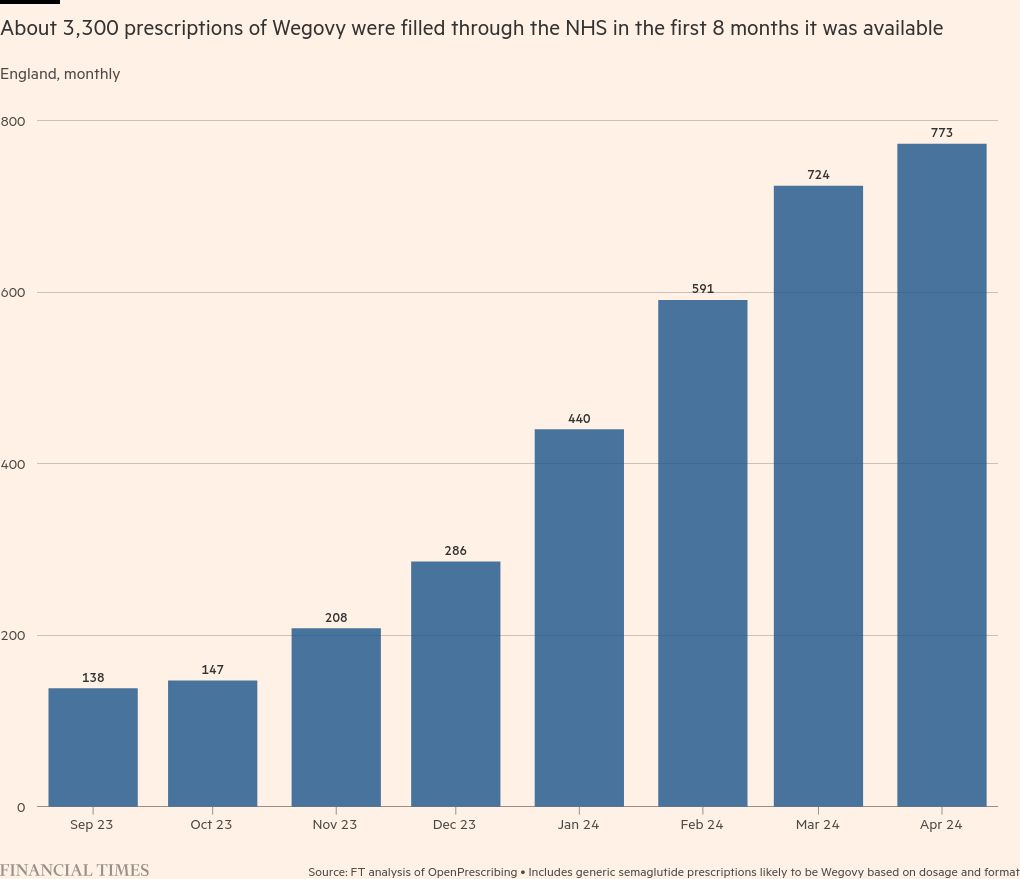Eat as often as you can and as fast as you can.
As Katherine Harmon Toomer, MD, discovered during her school days, that’s the medical student mindset about food. “Unless there’s a good way to counteract it, you can get away with unhealthy eating, and that’s what happened to me.”

After medical school, Toomer’s condition worsened. By her second year of practice as a family medicine physician, she had gained weight and was diagnosed with type 2 diabetes and heart disease. At the age of 36, she suffered a heart attack and was told she had 5 years to live.

A moment she describes as a “huge awakening”.
Toomer is not alone in her struggle to balance working in medicine and eating healthily.
“Physicians face unique stressors because of the prevalence of junk food in the clinical setting, the easy use of food as a reward and stress reliever, and the lack of time to instruct patients to do it right and develop better health habits,” says John La Puma. , MD, FACP, internist and cofounder ChefMD and founder of Chef Clinic.

There’s also the medical culture, which, Toomer says, looks down on self-care. “Even with downtime, the patient’s needs come before ours.” So, you sit down to eat, and there’s an emergency. Your clinic closes for lunch, but the phones still ring and patients continue to email questions. Charting also takes so much time that “everything else gets put on the backburner.”
In this context, sticking to a nutritious diet can feel hopeless. But it isn’t. Really. Here are some doctor-tested, real-life ways you can nourish yourself while doing it all.
One is always better than nothing
Sure, you might not be able to eat a balanced lunch or dinner while working, admits Amy Margulies, RD, LDN, owner of The Rebellious RD. But focus on the big picture and try to take small steps.

First, make sure you eat something, advises Margulies. “Skipping meals can lead to overeating later and negatively affect energy levels and concentration.”
Lisa Andrews, MEd, RD, LD, owner of Sound Bites Nutrition, recalls one of her patients, a gastrointestinal surgeon with reactive hypoglycemia and fatigue. “She was experiencing an energy crash in the middle of the afternoon,” she recounts. Only after starting to eat every 4-5 hours did her patient feel better.

Of course, this is easier said than done. “When you’re running from one patient to another and trying to be on time with your schedule, there’s very little time to eat and no time to cook or even heat food,” recalls Hélène Bertrand, MD. Low Back Pain: 3 Steps to Relief in 2 Minutes.
But in her 55 years as a family medicine physician, Bertrand found ways to improve (if not perfect) the situation. During the day, she had a lunch of nuts or seeds or a 95% cocoa chocolate bar – more antioxidants and less sugar than a candy bar.
If you don’t have time to eat breakfast, try drinking a complete protein shake on the way to work, Toomer recommends. “It’s not ideal, but it’s better than nothing.” Likewise, if you’re eating a high-protein, low-carb snack like hummus, go for it, she encourages.
Basically, don’t be a type A who strives for perfection. take Good enough Balance the rest when you can and you have time.
Torpedo propulsion
From free treats in the lounge to always-on pizza for residents, high-fat, high-sugar, low-nutrient fare is a constant temptation. “I worked with a doctor who would bring a balanced lunch to work every day, then find anything sweet for his afternoon treat,” Margulies recalls. “Cookies, cakes and donuts started adding up—stopping at one just wasn’t working for him.”
what did Margulies’ suggestion was to bring one serving of dark chocolate and fruit to savor during a long break. “Having your favorite treats in appropriate portions can help you stick to your plan throughout the day,” she explains, and you’ll have an easier time resisting what’s in the break room. “When you want a treat, tell yourself that you have what you want and don’t need to get ‘free food’ just because it’s available. You have power over your choices.”
How can cherry tomatoes trick you into thinking they’re a treat? It may sound unusual, but one of La Puma’s medical patients did just that, displaying the products on a candy dish on his office counter. Not only did this trick help remind him to eat healthily, he says, it inspired his patients to ask about eating better.
Preparation is Yet Underrated
Many people find meal preparation intimidating. But it doesn’t need to be complicated. For example, try buying prepackaged vegetables, cooked chicken breasts, or other healthy, convenient options. You can combine them in packable containers and prepare several meals at once. For less busy weeks, cook the protein yourself and whip up basic sauces (like pesto and vinaigrette) to jazz up your meals.
“I was working with a resident who was gaining weight every month,” Margulies recalls. “She would skip lunch, grab a random meal, and then wait until she got home to eat whatever she could find.”
Encouraged by Margulies, she prepared and delivered one or two balanced dinners each week, which she would then reheat. She kept a single dish in her car to eat on the way home and also bought fresh and dried fruit and high protein snacks.
Similarly, Jess DeGore, RD, LDN, CDCES, CHWC, diabetes educator and owner of Dietitian Jess Nutrition, recalls an OB-GYN client who regularly skipped meals and relied on vending machine snacks. To combat her resulting energy crashes, she followed DeGore’s advice to prepare weekday lunches (like quinoa salad) and bring fruit and nut snacks to work.

Automate as much as you can
If you’re healthy, you’ll eat healthier, says Andrews. Build a snack store with a focus on fiber and protein. Take a bag lunch with a cooler pack if needed. Some suggestions:
- Oatmeal packets
- Single Greek yogurt cups or drinkable yogurt
- Protein bars
- Protein shakes
- fresh fruits
- Fresh vegetable sticks
- Nuts, dried peas, or edamame
- Trail mix
- Single servings of hummus, nut butter or guacamole
- Dried seaweed dessert
- Whole grain crackers
- Hard boiled eggs
- String cheese
- Peanut butter sandwich
- 95% cocoa chocolate bar
Try a food delivery service
Food delivery services can be expensive, but can be worth the cost. By bringing meals or having them delivered to your office, you won’t have to find time to go to the restaurant and wait in line, notes Janice S. Laster, MD, an internal medicine, gastroenterology, obesity physician, and nutritionist. Founder of Gut Theory Total Digestive Care. Instead, “you’ll have something to warm up and eat while writing notes or in between patients,” she says. And, “You have no excuse to skip meals.”

Hydration yes, junk drinks no
The following can be filed in the doctors-know-it-but-don’t-always-do-it section: “Hunger can be mistaken for thirst,” says Margulies. “Being hydrated helps you better assess whether you’re hungry or thirsty.” Choose water instead of soda or energy drinks to hydrate your body without the unnecessary added sugar, sugar substitutes, calories, caffeine or sodium — all of which can affect how you feel.
Stand up for your health
Convincing your organization to make changes may be difficult or impossible, but consider asking your workplace to implement initiatives like these to boost provider nutrition, suggests Jabe Brown, BHSc (Nat), founder of Melbourne Functional Medicine:

- Establish safe break times when physicians can leave their duties to eat
- Add nutritious cafeteria options like salads, whole grains, and lean proteins.
- Repair Vending Machine Offers
- Offer educational workshops on nutrition
Be consistent about eating well
For Toomer, that meant taking a few years off work to improve her health. After losing over 100 pounds, she founded the TOTAL Weight Care Institute to help other health care professionals follow in her footsteps.
For you, the path to a healthier diet may be gradual—having a more nutritious snack, spending an extra hour a week grocery shopping or prepping, remembering to bottle water. Whatever that looks like, make realistic lifestyle changes that work for you.
Maybe try that apple a day thing.
#Eat #Healthy #Working #Healthcare

